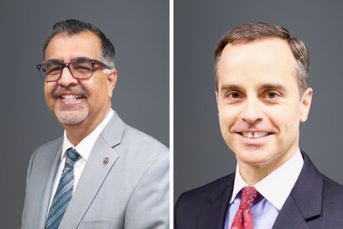Are 401(k) plan sponsors missing the mark on workers’ financial wellness?

With less than 20 percent adoption for most financial wellness programs, Cerulli finds just one in four participants are confident about retirement.
Only one in four active 401(k) participants are confident in maintaining their current standard of living upon retirement, according to new research from Cerulli.
That’s not from lack of trying on the part of retirement plan providers. According to Cerulli’s research, more than 90 percent of DC plan recordkeepers offer financial wellness services, and 71 percent of 401(k) plan sponsors have implemented such programs.
While there’s no understating the potential of financial wellness programs to cut down retirement savings confusion for DC participants, these solutions have so far either proven ineffective or seen low adoption.
Cerulli found 401(k) participants could be leaving opportunities on the table as most financial wellness tools and resources see less than 20 percent usage. And while 41 percent of users found the tools very helpful, 57 percent remained neutral about their effectiveness.
That lack of engagement could have a chilling effect on 401(k) plan sponsors, with concerns over participants not taking advantage of financial wellness programs emerging as the top reason why sponsors choose not to offer one.
One possible answer to that problem, according to Cerulli analyst Elizabeth Chiffer, is to redesign financial wellness programs so that participants are motivated into action.
“When the user is compelled to act on their own and feels like they have made their own decision, it is more likely that the user will continue to make more positive financial decisions,” Chiffer said in a statement.
Apart from presenting recommendations should as helpful tips rather than prescriptive instructions, she said providers must reframe participants’ perceptions of retirement saving as roughly 40 percent of active 401(k) participants see contributing to their retirement savings as a sacrifice.
The report also made a point of distinguishing between financial education and financial wellness. While they often go hand in hand, Cerulli said confusing the two can hamper the effectiveness of financial wellness programs, as it could result in products and solutions being targeted to the wrong audience, which could help explain 401(k) participants’ low engagement rates.
To maximize the effectiveness of financial wellness programs, Cerulli said 401(k)sponsors should have some form of financial guidance, planning, or coaching, with a touch of personalization that considers each participant’s entire financial picture in a timely manner.
“[E]ffective financial wellness programs can offer return on investment for recordkeepers by bringing in richer participant data, building potential retail relationships, and winning and retaining plan sponsor clients,” Chiffer said.
Learn more about reprints and licensing for this article.








